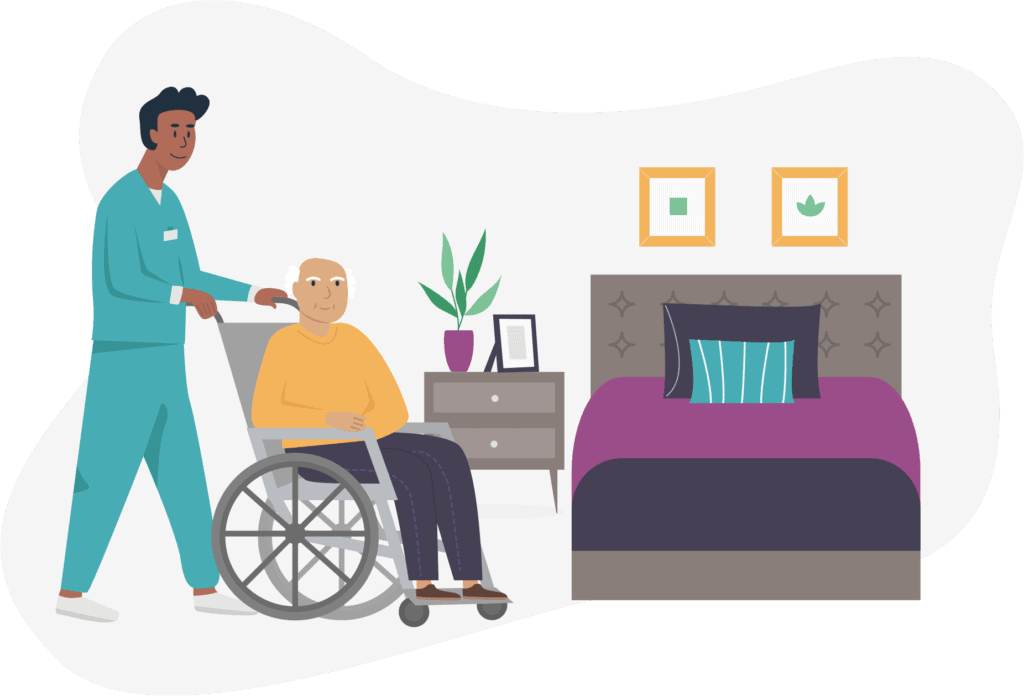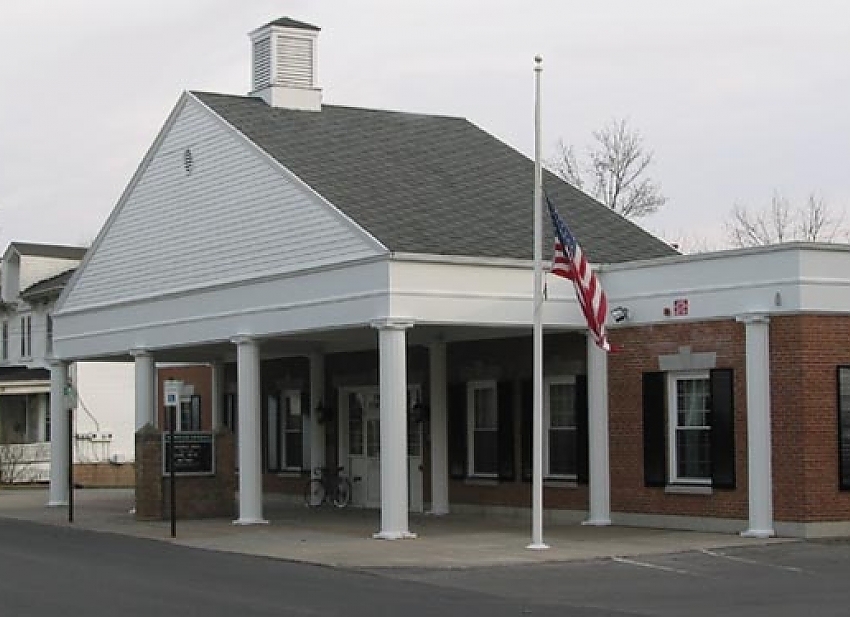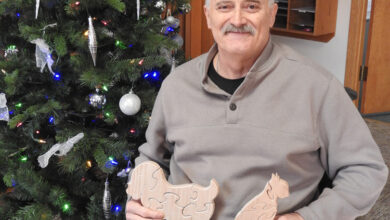Survey finds that the majority of caregivers in NY believe assisted living facilities provide a safe environment for seniors

The COVID-19 pandemic created unprecedented challenges for assisted living communities to protect their vulnerable senior citizen residents. The Empire State Association of Assisted Living (ESAAL) recently conducted an independent survey to gauge the public’s perception of assisted living facilities after the biggest health crisis of this lifetime.
The survey was administered via SurveyMonkey and targeted to adult women, age 45 years and older, who live in New York State and help care for an elderly parent or loved one. Approximately 200 respondents participated to share their thoughts on the safety of community living, the importance of socialization in the lives of their elderly loved ones, and the need for help in their role as caregivers.
Perhaps most notably, 69 percent of survey respondents believe assisted living facilities provide a safe environment for residents during the pandemic. More than half, 53 percent, were not surprised that according to CDC data, 76 percent of assisted living employees and 95 percent of assisted living residents are vaccinated compared to only 48 percent of the total population (according to data at the time the survey was taken). This vaccination rate makes 84 percent of respondents more comfortable to potentially have a loved one live within an assisted living community.
“Assisted living communities across NY State have worked tirelessly over the past year to reinvent processes to protect the health and safety of our residents and staff, while complying with the ever-changing regulatory and legislative guidance. Dedicated employees have gone above and beyond protocol, with great care, working with residents and delivering essential services, to keep them healthy, happy and engaged,” said Lisa Newcomb, Executive Director, ESAAL. “ESAAL and its 300 members across NY State, have received overwhelmingly positive feedback from residents and their families, and we are delighted to hear that sentiment echoed by the general population across NY State.”
When caregivers were asked if they have ever, or would, consider moving their elderly parent or loved ones into an assisted living community, 65 percent said yes. Delving deeper into what would prompt that decision, 57 percent said the socialization aspect of community living, 26 percent for an extra set of hands to help care for their loved one, and 16 percent said access to personalized medical care.
Socialization continues to be cited as a key driver of the decision-making, with caregivers saying:
•83 percent are concerned that their elderly parent feels isolated and/or lonely living in a private residence.
•92 percent believe their elderly parent or loved one would benefit from more socialization.
•94 percent feel strongly that a social lifestyle contributes to the overall health and well-being of a senior.
“Seniors move into assisted living to live,” Newcomb says. “Assisted living allows them the independence to have visitors, participate in daily social activities, and come and go as they please. These activities are being done safely and have a significant effect on the residents’ emotional and physical well-being.”
Additional survey findings revealed that 81 percent of caregivers wish they had more assistance to help take care of elderly parents or loved ones. Caregivers are also generally aware of the differences between nursing homes and assisted living. 71 percent reported knowing that assisted living communities are licensed to provide higher levels of care, similar to a nursing home.
“ESAAL and its members should be proud of these survey results. They demonstrate an overall understanding and appreciation of the assisted living model for adult care, offering independence and socialization combined with advanced medical care. We invite all caregivers to contact their local assisted living communities, take a tour, and see if it is the right choice for their loved one,” concluded Newcomb.
Provided information






